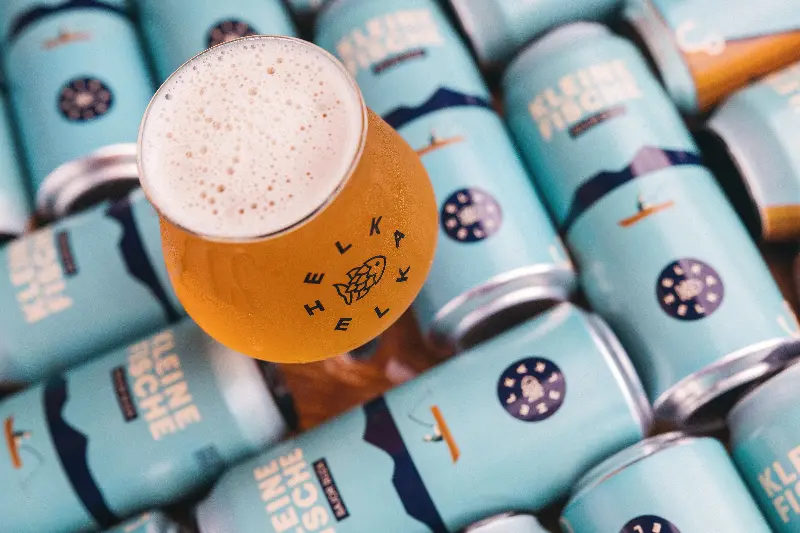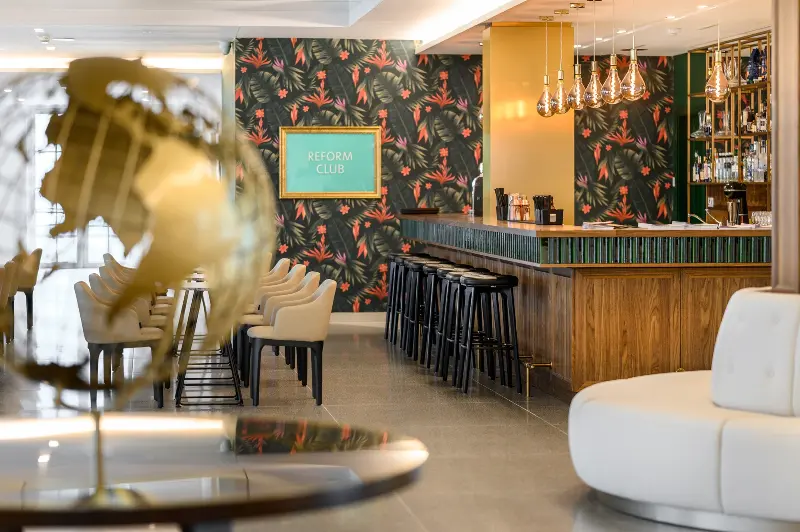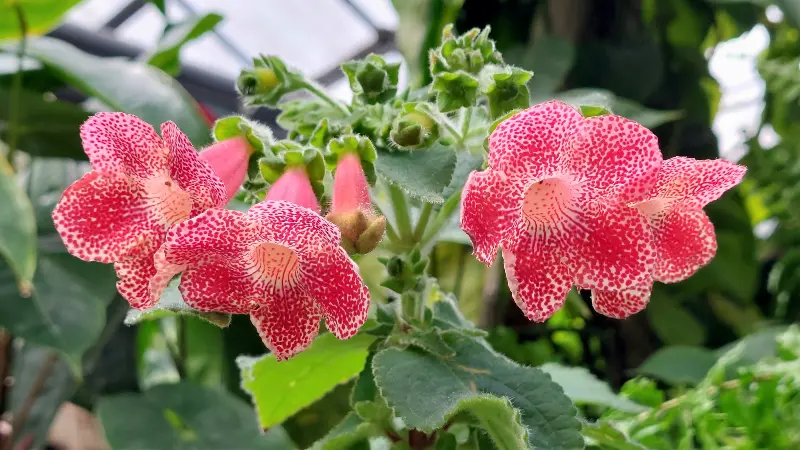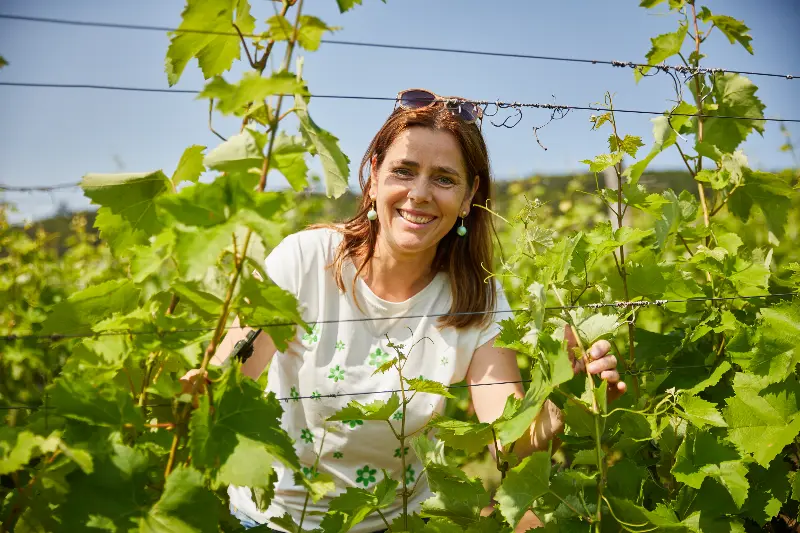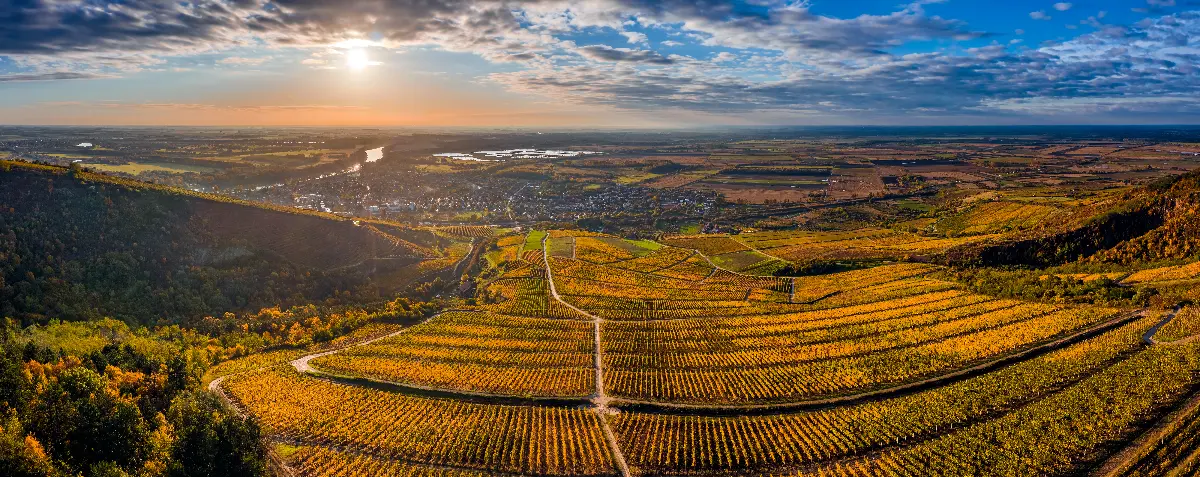
Helyszín címkék:
6+1 exciting historical sites in Hegyalja
Ripka Gergely
Regéci vár (Castle of Regéc)
The castle, where Ferenc Rákóczi II studied as a child, was also one of the most important end forts of the later Kuruc armament. The first clear evidence dates back to 1307, from a charter of Amadeus Aba. It is likely that the castle was built by the Abas in the 13th-14th centuries. Due to the panorama, it is worth visiting the castle in clear weather. From the castle, you can enjoy a breathtaking panorama. You can access the castle by car via Korlát and Fony (one hour from Tokaj). It is advised to leave your car at the foot of the hill, as the road conditions are not ideal on the way up. A one-and-a-half kilometre walk through the forest takes you to the castle, from where you can enjoy unique views of Fony, Regéc, surrounded by hills, and in fine weather of the snowy Slovakian mountain slopes.
Füzéri vár (Castle of Füzér)
The history and atmosphere of one of our oldest castles would definitely look good in films. It would almost certainly rank among the most beautiful and dramatic castles in Hungary. On the rocky peak of the high hill, a bright white fortress emerges: Füzér is a real rarity. Climbing up to its roof, 170 metres above the village, you are guaranteed to wonder how they managed to build a massive fortress in such an extreme location hundreds of years ago. Learn about its history, starring Hungarian kings, princesses and princes. The castle was first mentioned in 1264, but we also know that it was under royal rule even before 1235. It was probably built by the Andronicus/Zaránd of the Aba line in the early 1200s. Over the centuries, Füzér has inspired many travelling painters (including the Austrian artist Thomas Ender). The truly picturesque castle is restored now and can be visited today: You can reach it from Sárospatak and Sátoraljaújhely in less than an hour's drive, heading north-northwest towards the Slovakian border.
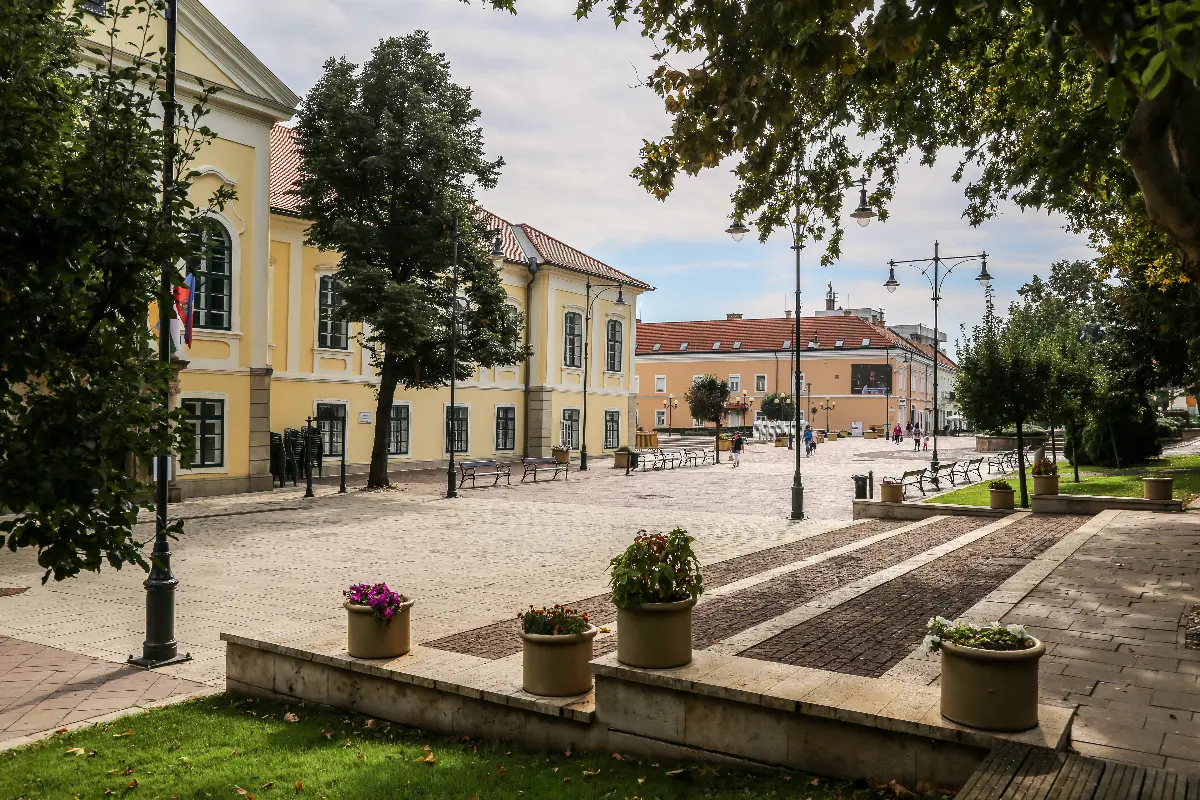
Boldogkői vár (Castle of Boldogkő)
The Castle of Boldogkő is open continuously between 10.00 a.m. – 3.30 p.m. welcoming visitors. The area around the castle has been nicely established, and it is easy to access and walk around it comfortably for every generation. According to its charming legend, Béla IV fled from the Mongolians after the Battle of Muhi. Here he entered the village of Aszaló. He found there only an old beggar, Bodó, the king's master of drying, whom he had met several times before in Buda. Bodó promised the king to hide him: he gave him peasant clothes and took him to the cellar. When the Mongolians arrived, Bodó pretended to be deaf, the Mongolians finally got tired of not being able to communicate with him and left, and the king fled on the horse Bodó had given him.
When King Béla returned to Hungary after the Mongolian invasion, Bodó brought him seven carts of dried fruit, each with one of his own daughters on each cart. As a token of his gratitude, Béla IV gave Bodó land (the villages of Aszaló and Bodolló) on the condition that he should build a castle to defend the area within five years. In the meantime, the unmarried women decided to only marry men who would build the castle for a year. Bodó asked the king to add two more years to the five. Two of the Bodó girls were soon married thanks to a ball in Buda, which led to the construction of the castle. The construction was completed in seven years, and at the king's request, weddings were held there. The King gave this small village the name of Boldogkő. This is the story of Boldogkő. The actual date of construction is not known. It was first mentioned in a charter from 1282, in which its purpose was to defend the road to Kassa and the Hernád-folyó (Hernád River).
Vizsolyi Biblia (Vizsoly Bible)
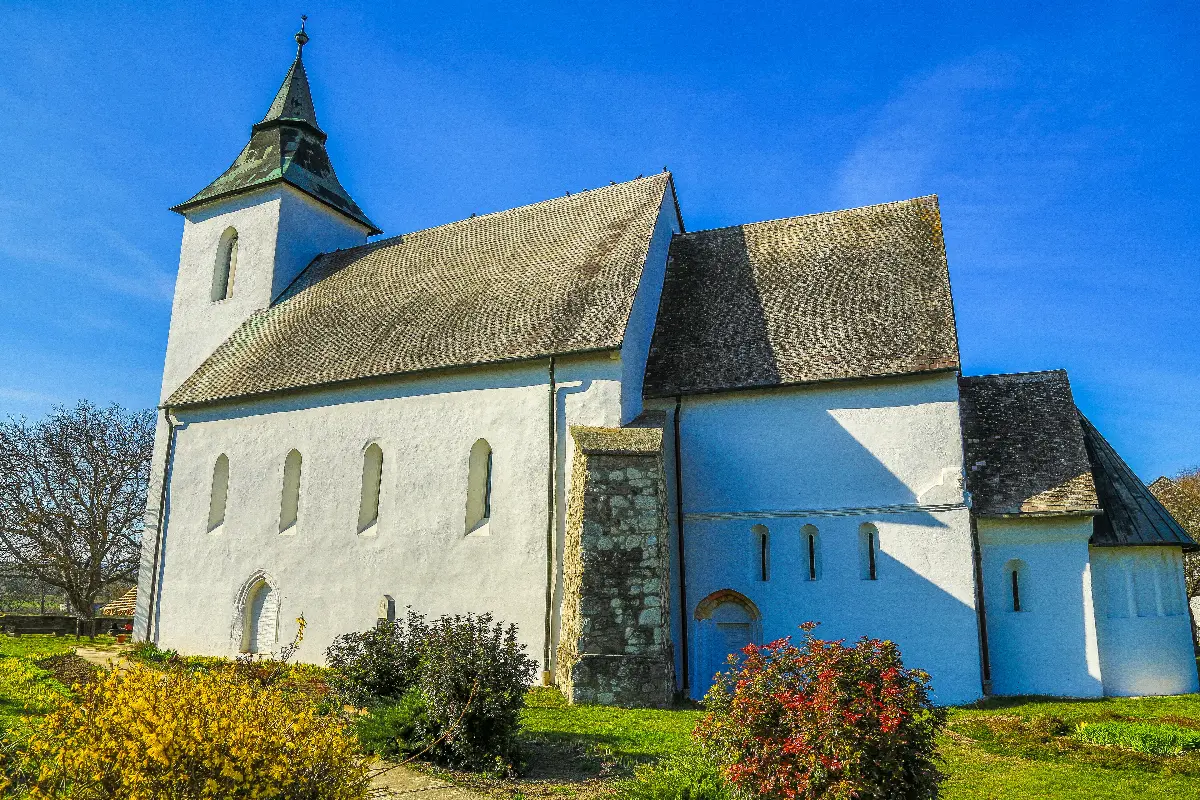
Vizsoly, located along the Hernád-folyó (Hernád river), is pretty close to the Castle of Boldogkő. The Károli Bible, also known as the Vizsoly Bible, was the first Bible to be translated completely into Hungarian. Reformed dean Gáspár Károli, pastor in Gönc, and his fellow pastors began translating the text in 1586, which took three years. Printing began in February 1589, thanks to the Polish-born Bálint Mantskovits, but Zsigmond Rákóczi, later Prince of Transylvania, was also a patron of the reproduction of the Holy Scriptures. The full translation had not been completed at that time, so Károli's manuscripts were carried by the students in Gönc to Vizsoly on foot, page by page. The church and visitor centre, built in the 12th century, is open all year round.
Sárospataki vár (Castle of Sárospatak)
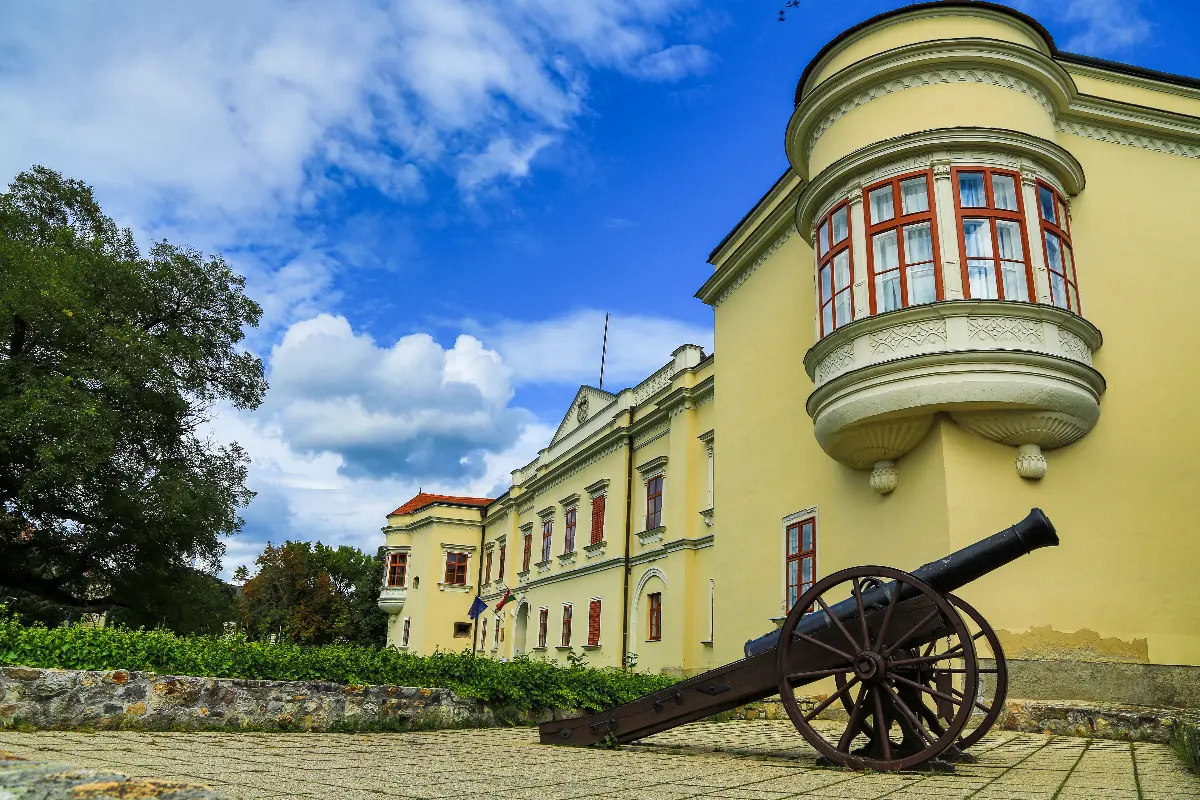
The castle must have been built after the 1250s. To this day it is the best preserved and most important castle in the wine region, and is well worth a visit. The castle, which can still be visited today, must have been built around 1534 by Peter Perényi, who took over the town after the Battle of Mohács: he built a belt of ramparts around the medieval town centre and built the new residence in its south-eastern corner. He also started the construction of the eastern wing of the palace, but only Gábor Perényi could finish it in 1563, together with the pentagonal bastion (“ledge”). Later it was an important location of the Kuruc-Labanc fights. The castle and its surroundings are also a perfect venue for wedding photography.
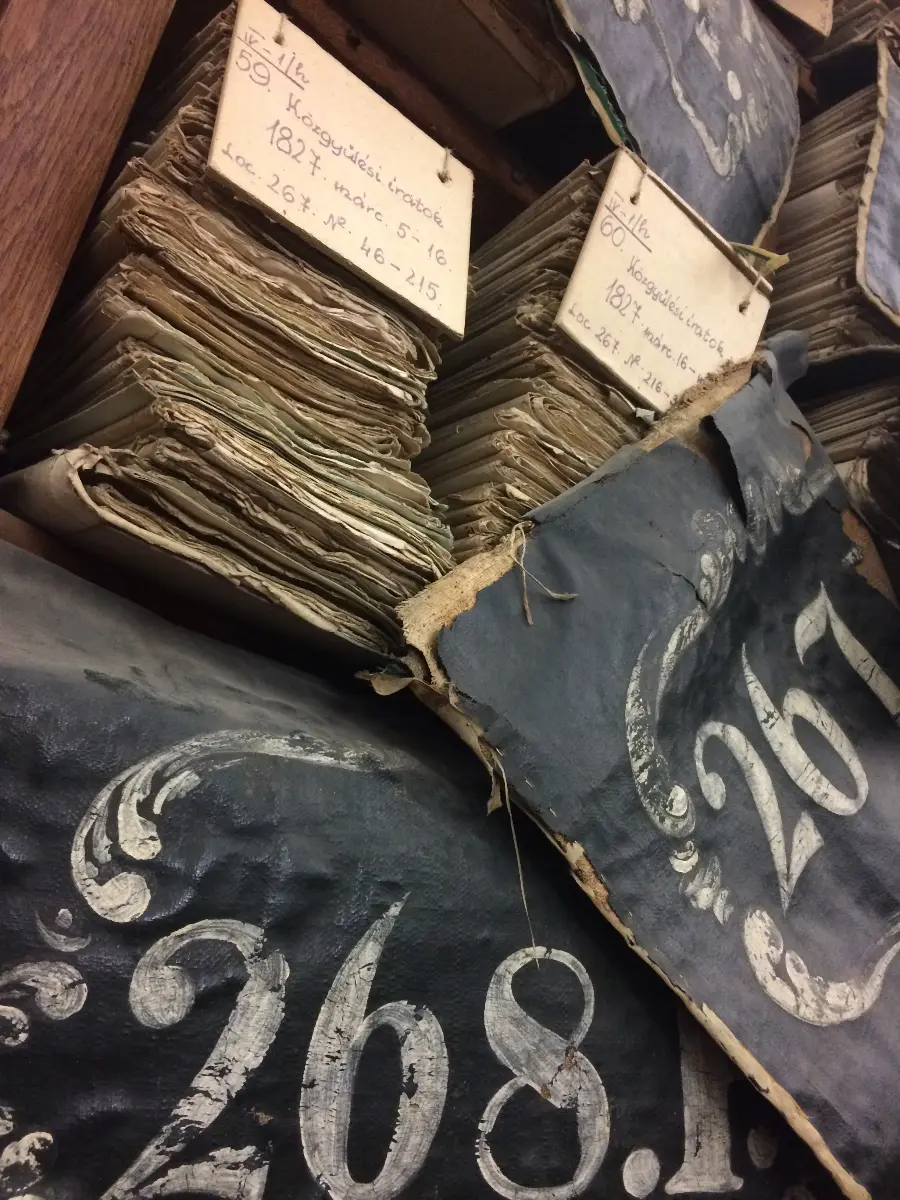
Sátoraljaújhelyi Levéltár (Archives of Sátoraljaújhely)
The rich archives of Zemplén County are located on the north wing of the Sátoraljaújhely Town Hall. The baroque, numbered cabinets with curved drawers, made by master cabinetmaker József Speck, faithfully reflect the trends of the 18th and 19th centuries. Built between 1754-68, the institution originally had two rooms. Today, altogether 14 rooms contain the written materials of the Zemplén settlements and families, from 1271 to the time of the change of regime in 1989. The archives system was invented by the historian and poet Antal Szirmay in 1777. He was succeeded by Ferenc Kazinczy between 1815-31. He added two rooms to the archives, which were later opened together, and the feudal-era archives of the country from the 16th century to 1849 are still kept here. The Szirmay-Kazinczy Historical Collection is the most exciting and most researched part of the archives, with letters of Hungarian kings, German-Roman emperors, Transylvanian princes, ecclesiastical personalities and noble families. The “Autographa” collection is an essence of Kazinczy's personal work, accompanied by etchings of the authors, with an index in his own handwriting.
The birthplace of Lajos Kossuth in Monok
Lajos Kossuth was born in the north courtyard room of this particular house on 19th September 1802. The building houses a museum presenting the start of Kossuth's career and the years he spent in emigration. Several Kossuth relics are shown in the exhibition. The exhibition was first opened in 1949 to mark the centenary of the fall of the War of Independence and the 50th anniversary of Kossuth's death. The memorial house became an institution of the Hungarian National Museum in 1963, and since then it has been one of the centres for the cult of Kossuth in Hungary. The colourful and sophisticated exhibition abounds in Kossuth-related objects ranging from family furniture to his Governor President sword.

